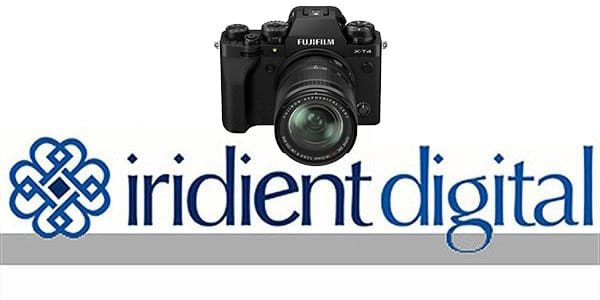

The first two guides were for Lightroom and Capture One respectively. To that end I’ve published a series of guides outlining my workflow and settings for various different pieces of software. The more I’ve covered this subject on my own photography blog, the more I’ve wanted to try and help users find the solution that was best for them. For some, the ease of use, and the ability to stick with an existing workflow is important, where as for others, extracting the most amount of clean detail is the most important factor. Different people want different things and the results that may please one photographer, may not please another. In my attempt to create a workflow, or various workflows for converting Fuji RAW files, I’ve discovered that there isn’t necessarily one solution for everyone.

Iridient x transformer lightroom plugin software#
This unique design has led to many different interpretations of how the Fuji RAW files should be decoded, and it’s why there can be such a difference between different software packages. The unique design of the Fuji sensor makes it a challenge for developers, because the standard algorithms, which are based on a traditional Beyer sensor, don’t work. Over the years since the X-Pro 1 was released there have been lots of advancements in the variety and quality of the various applications which can handle Fuji raw files, and I’ve been obsessed with trying to get the maximum possible quality out of the conversion process ever since. The software that came with the camera produced good results but was difficult to use, and early support in Lightroom was quite poor and led to a degree of frustration. I was also a little disappointed with the early results from various raw converters. When the X-Pro 1 came out, I was fascinated by the sensor design, and the form factor of the camera. I was one of the early adaptors of Fuji’s X-Trans system.


 0 kommentar(er)
0 kommentar(er)
